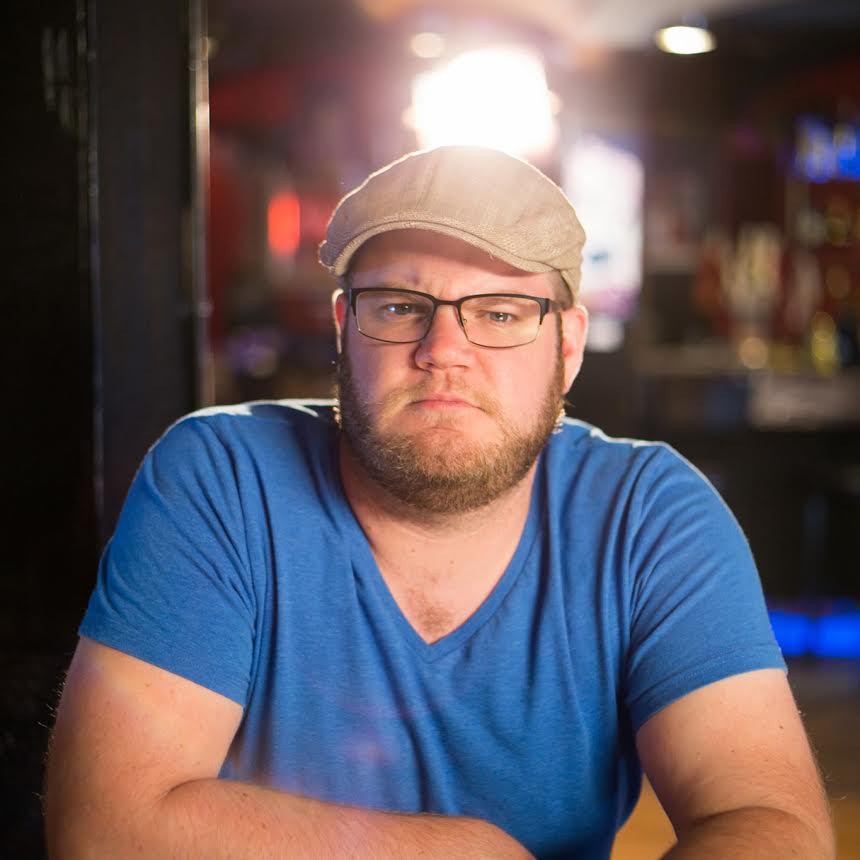Ada pemilihan film dan dokumenter musik yang sangat banyak di Netflix, Hulu, HBO Go, dan lainnya. Namun, sulit untuk menentukan mana yang benar-benar sepadan dengan 100 menit Anda. "Watch the Tunes" akan membantu Anda memilih dokumenter musik mana yang layak untuk Anda tonton setiap akhir pekan. Edisi minggu ini membahas Better Living Through Circuitry, yang dapat ditemukan di Amazon Prime.
It’s not that often that we’ve ventured back more than a decade or so for this column, but dang I think we should really more often. We’re living in what could easily be described as a rock doc boom-time thanks to Netflix and Amazon scooping up pretty much every half decent niche non-fiction feature film they can get their hands on, but all that excess makes it too easy to get overwhelmed with the firehose deluge of those releases every week and miss out on lesser known stuff that came out back before everyone had a cell phones, much less smart phones, and Blockbuster was still where you went to get your DVDs. All this wistfulness brings us to Better Living Through Circuitry an ecstasy soaked cinematic time capsule about techno and rave culture that was released in 1999.
Directed by Jon Reiss, who got his start filming “machine performance art group” Survival Research Laboratories before Trent Reznor put him behind the camera for Nine Inch Nails’ "Happiness in Slavery” video, Better Living Through Circuitry holds up better than you might expect. It documents an early emergence of a scene that’s gone through a few big cycles of evolution at this point, rising and falling, back and forth in and out of the larger public awareness. Those big think pieces about overpaid Vegas DJs and mass-media Skrillex explainers, for instance, mark the most recent bubble and soon to be if not already inevitable burst. Here’s a film, though, that takes you back to before all that, when musicians not only lugged around flight cases stuffed with battered 12” dance mixes but also full on big-ass CRT monitors depending on how crazy they wanted to get with their stage set up.
The most surprising thing I took away from Better Living Through Circuitry was honestly how little has changed in the dance music scene in the two decades since the film came out. The best advice for partying? “Stay hydrated.” Analog synths? Still around, and bigger than ever. Drugs? They remain a complex part of the culture, though in the present day we have organizations like DanceSafe out there doing what they can to help people find the safest possible balance between the dangers and delights of whatever designer drug is the new big thing these days. Corporate advertising? The party promoters seen in the film are gleefully remixing and mashing up logos for their own ends, whereas these days the Mad Decent cruise is probably unironically “presented” by Grape Nuts or Doritos or Oscar Mayer or some such multinational brand. So yeah, the more things change the more they stay the same.
The biggest difference I could point to is that the world of electronic music now seems to be much more stratified, with small-time vaporwave artists pushing boundaries on bandcamp pages and marquee names like Diplo and Steve Aoki filed more or less under the same banner. A few people interviewed for the film mention that rave culture was already relatively mainstream, but the culture exploded way more than anyone could have probably expected in the intervening decades between then and now.
Unexpectedly, the (unintentionally) saddest aspect of this film for me was the inclusion of more than one musician talking about how they got their love of music from flipping through their parents record collection. Yes, this is a site for a company that sells actual records so I’m pretty sure the the readership of this article won’t have a problem inspiring coming generations with stacks of wax, but thinking about the children of parents whose music library (no matter how awesome or mundane) exists as a series of Spotify playlists and it’s enough to bring a tear to your eye.
Of all the subjects who were interviewed for the film, Genesis P-Orridge, of industrial pioneers Throbbing Gristle and Psychic TV, offers up the deepest thoughts on the larger implications of EDM and rave culture: “Punk was seizing means of production, techno is seizing means of perception,” adding later that the genre “teaches you and encourages you to understand the malleability of reality.” While I’m not entirely sold on electronic music having those qualities all to itself, s/he’s not wrong in an abstract sense. Hip hop DJs have been flipping breakbeats since the early seventies (to say nothing of musique concrète tape splicers going back to the 1940s), but house and techno producers and DJs put a certain uniquely futuristic spin to their sounds.
Other interview subjects include DJ Spooky, Roni Size, Electric Skychurch, Carl Cox, and Frankie Bones. The Crystal Method are thankfully on hand to give tips on setting up a home studio, which basically boil down to “double up on sheetrock” and “live directly next to the loudest highway in your city” in case you were wondering. Fans of EDM past and present should check out Better Living Through Circuitry if they haven’t already.
Chris Lay is a freelance writer, archivist, and record store clerk living in Madison, WI. The very first CD he bought for himself was the Dumb & Dumber soundtrack when he was twelve and things only got better from there.
Bergabung dengan Klub!
Bergabunglah sekarang, mulai dari 44 $Diskon eksklusif 15% untuk guru, mahasiswa, anggota militer, profesional kesehatan & penjaga pertama - Verifikasi sekarang!




